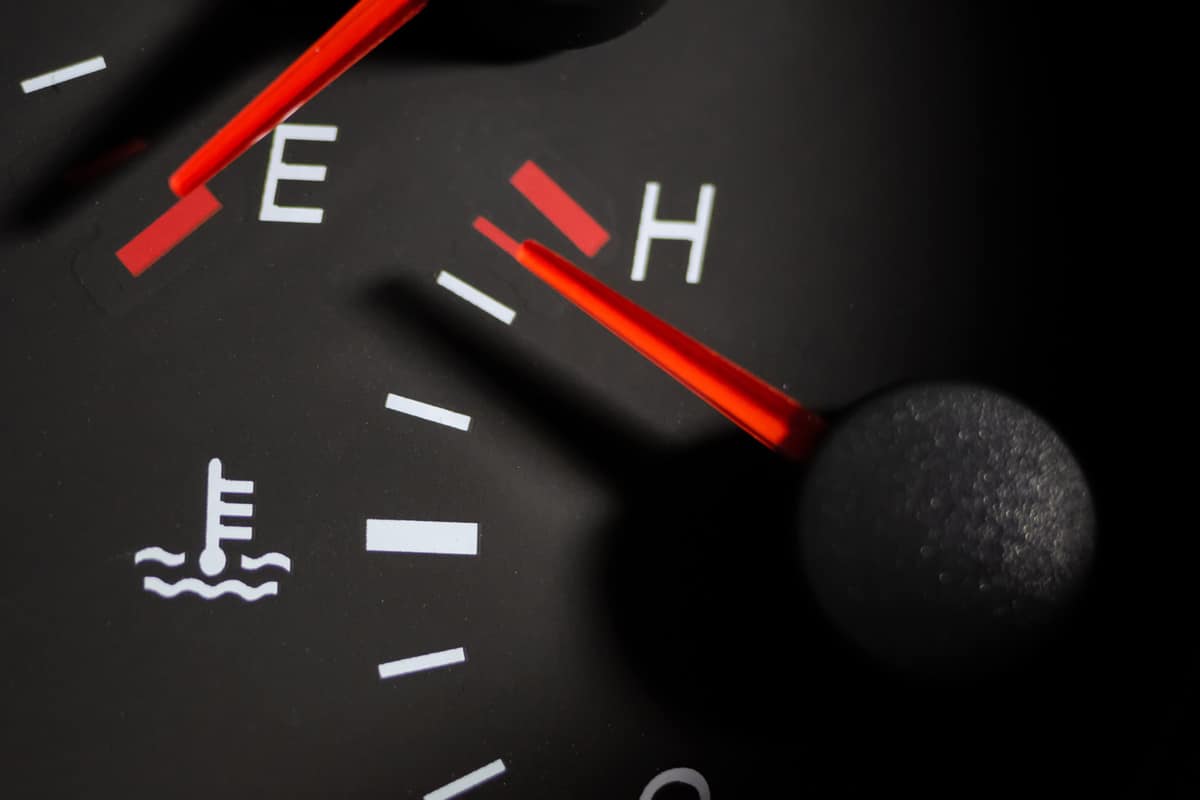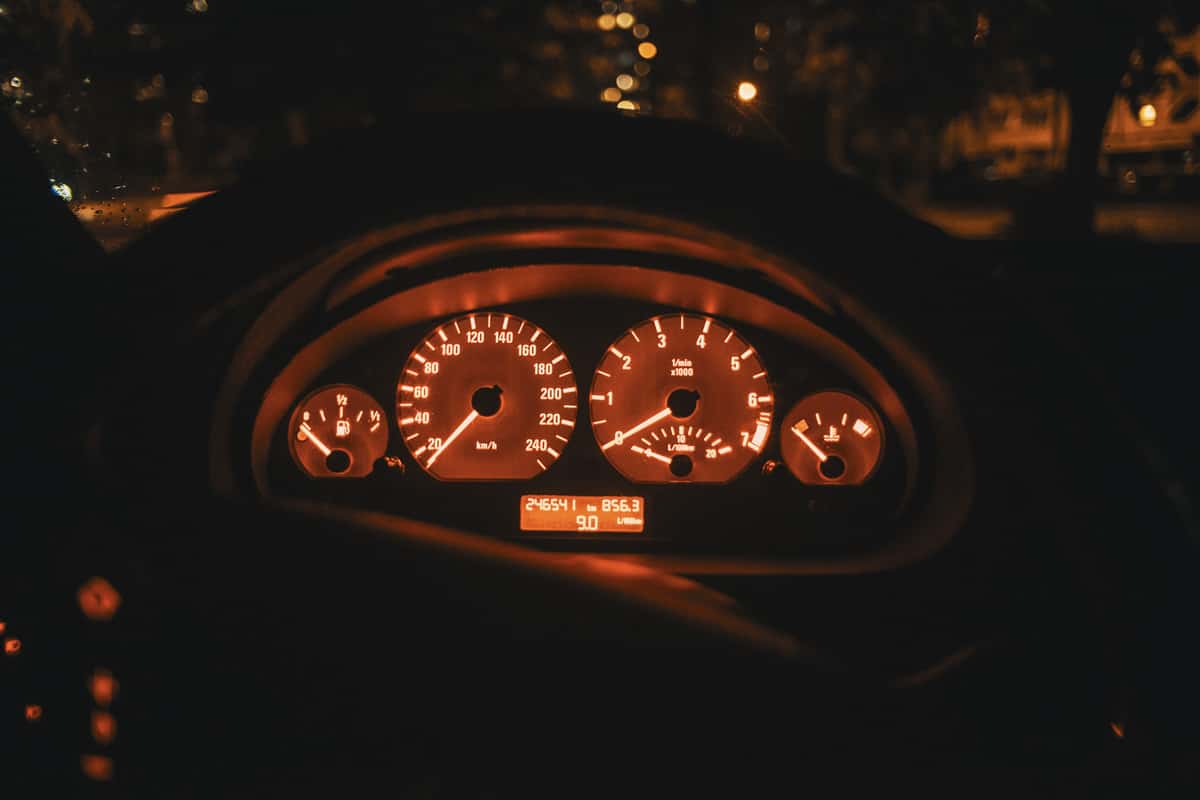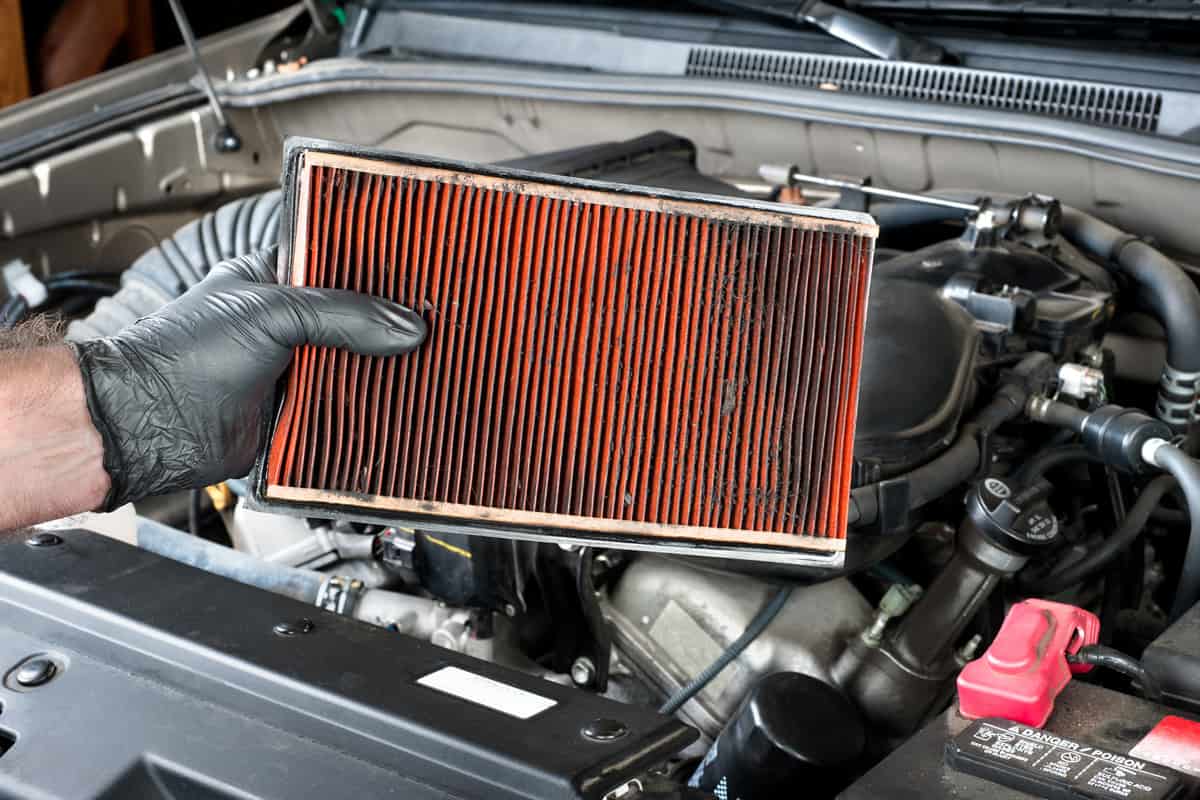Thinking of a long road trip? Aside from filling up, you might be wondering how long you can drive your vehicle continuously. To best answer that question, we researched this issue from numerous professional sources so that you'll know for sure how long you can keep behind the wheel.
A well-maintained vehicle can be driven until it is time to fill up the fuel tank, which can be up to nine hours of continuous driving. However, when driving long distances, there might be reasons to rest the vehicle before filling up. These reasons include:
- The engine temperature
- Condition of the vehicle
- Who is doing the driving
Now that we know a range of times considered safe for driving a vehicle continuously, we'll look at the factors that can impact those times. You might also be wondering if your car will survive on a long road trip or how long it's safe to drive without a break. Keep reading ahead, and we'll provide those answers and many more.

The factors that might lead to resting your car explained
Under normal conditions, your vehicle should be able to be driven without rest. But there are some reasons that you will want to rest the engine [and yourself!] on longer trips.
Engine temperature
An overheated engine can cancel a road trip instantly if you continue to drive. Pay attention to the temperature gauge on your dash. If it's getting too hot, look for a place to safely pull off the road until it cools down.
While this is more likely to happen on hotter days, it can also occur if your coolant is low or your radiator isn't working correctly. But no matter the cause, driving with an overheated engine will severely damage it. Not only will this cancel your road trip, but it will also lead to some costly repairs.

Condition of vehicle
A newer vehicle should be able to be driven non-stop [save for fuel refills] without being rested. But older cars should be rested for an hour or so after every eight hours of driving.
Keep an eye on all of your vehicle's gauges while driving. Be aware of any unusual noises and get to a safe pull-over spot as soon as possible if you feel your car needs to rest.

The driver
It's recommended that you take a 15-minute break every two hours or so on longer trips. This will help keep you alert and keep your muscles from getting stiff.
Seasoned long-distance drivers might be able to forgo this. But for those new to the road trip, there's no shame in taking a break from your long drive. This is especially important if you are making the trip alone.
Other factors can come into play when determining how long you can continuously drive. How much sleep you had the night before, medications you might be taking, and your level of stress are just some things that will impact the safe amount of time you can drive.

What happens when you drive for too long?
The length of time a person can safely spend behind the wheel of a car will vary from person to person. Generally, it's recommended that you spend no more than eight to nine hours driving in a single day. But some have much more experience and will be able to drive a bit further.
Driving too long dramatically increases the likelihood of an accident. Long drives can make a person sleepy and less attentive and can result in "highway hypnosis." It can also increase your level of stress.
Plan your route carefully, and work in periods of brief rest along that route. It might make the trip take a bit longer, but it will undoubtedly make it safer.
Is a twelve-hour drive too long?
Going long distances might mean the long legs of the trip in a single day. You might be tempted to knock out a lot more of the drive just to get it out of the way.
Driving 12 hours in a single day isn't something we'd advise doing on your own. But doing so in tandem with a partner would be a safe alternative. Changing seats every few hours will give each of you time to rest.
If you're tempted to drive it alone, know that seasoned road trip professionals are legally restricted to 11-hour drive days. Truck drivers have this restriction and have to have had at least 10 hours of rest time before this length of windshield time. If the pros don't drive 12 hours in a day, we don't suggest that you do either.

Will my car survive a road trip?
Taking an older vehicle on the road for an extended period can cause concern. But as long as you take some precautions, there's no reason you shouldn't take most vehicles on road trips. No matter how old or how many miles your car has on it, you'll want to make sure you check the following:
Tires
Are your tires old and worn? Is the tread wearing unevenly? These factors can cause some problems on the highway.
Carefully inspect your tires to make sure that the tread is acceptable and that they are properly inflated. Older and worn tires should be replaced before you embark on a long journey.
Battery
If your battery is more than three years old, it's good to get it checked out. You won't want to be stranded far from home with a dead battery, so having a technician inspect its health is strongly recommended before you start from home.
Get the engine in for a tune-up
For older cars, this is a must. Vehicles with more than 100,000 miles should be brought in and given the once over by a trusted local mechanic. Spark plugs might be changed, certain fluids drained and replaced, and other seemingly smaller items checked off.
You can also have them conduct a thorough inspection of the vehicle, which is strongly advised. They'll check out your timing chain/belt, ball joints, suspension system, and other vital components. A little bit of precaution goes a long way, and it will work to keep you and your passengers safe on the road.
Be prepared!
Have an emergency kit with blankets, first aid supplies, road flares, bottled water, and protein bars in your trunk. This will come in handy if you are stranded at some point. Keep your cell phone charged just in case.
A full-sized spare tire onboard is our recommendation, but a donut will work if that's all you have. Be sure to follow the speed and mileage restrictions before traveling on one, though.
Being a member of an emergency roadside service like AAA is a great idea. Some auto insurance companies offer this service as well. Check your policy or ask your agent if yours has this feature.

In conclusion
Under normal conditions, you can drive a car without resting it until you need to fill it up. The person driving is the most significant factor in how long a vehicle can be safely operated. For longer trips, it's recommended that you get your vehicle thoroughly inspected, plan periods of rest along the way, and be prepared for the unexpected. Drive safe!
Thanks for reading! If you have an interest in other car-related topics, we suggest the following posts:
Where Does Antifreeze/Coolant Go In Your Car?.
